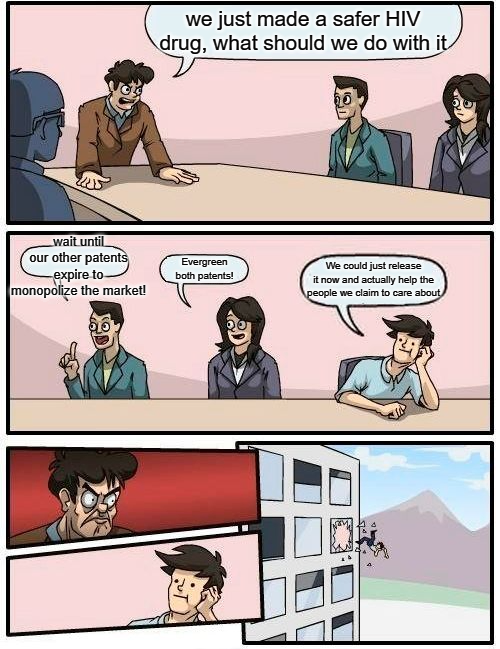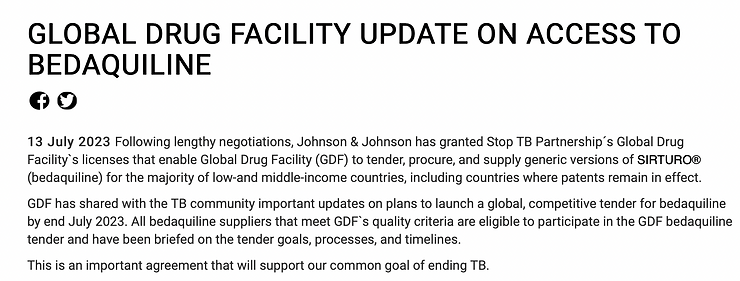From Clicks to Change: Empowering Society through Science Communication on Social Media
By Mahima Samraik
TL;DR: This article explores the transformative power of science communicators on social media, exemplified by John Green’s recent campaign #PatientsNotPatents. Science communicators hold the power to drive positive change and collective decision-making for greater good.
Why I chose this paper: The Green brothers form a dynamic duo, nurturing critical thinking and a passion for science among young audiences. During my undergraduate years, their advocacy for tuberculosis awareness left a profound impact, inspiring me to pen this article in awe of the recent transformative change they instilled for our society.
For an indefinite period on social media, novelist, philanthropist, and YouTube vlogger John Green has been tirelessly highlighting the terrifying reality of tuberculosis, the world’s deadliest infectious disease, despite its treatable nature. It was not to my surprise that on the morning of July 11, 2023 there was another video on the vlogbrother’s youtube channel about tuberculosis titled “ Barely Contained Rage : An open letter to Johnson and Johnson.”
This video, however,took a distinctive approach by directly addressing Johnson & Johnson, rallying the entire community to use social media platforms to take action against the multi-billionaire dollar company’s patent evergreening practices. Within just a week of its release, the video sparked an online uproar that compelled this company to address the accusations raised against it. This article delves into the influential power of science communicators, driving positive change for the collective good of society.
The clicks – Stalling the access to bedaquiline
Johnson & Johnson, the American multinational corporation, claims to uphold its Credo, which prioritizes placing the needs and well-being of the people they serve above all else. Or does it? The company, since the 1980s, has been actively involved in the fight against tuberculosis, and in 2004, it announced a successful launch of a MDR-Tb drug. In 2012, the FDA granted treatment for accelerated approval of this MDR- Tb drug called Bedaquiline, making it the first FDA approved Tb drug in 40 years. The primary patent of the drug was set to expire on July 18, 2023 – which would make other generic versions of the medicine available to countries which could not afford bedaquiline for treating MDR – Tb. In the context of the drug bedaquiline, the company sought a secondary patent for the fumarate salt of the drug in 2008. This secondary patent allowed the company to extend their exclusivity rights over the modified form of bedaquiline, even though the original drug was already patented.
By filing for this secondary patent, the company aimed to “evergreen” the patent, which means extending the period of market exclusivity beyond the expiration of the original patent. This tactic effectively hindered competition and restricted generic versions of the drug from entering the market, potentially leading to higher prices and limited accessibility to the medication for millions of individuals suffering from MDR-Tb.
Global health organizations, including Médecins Sans Frontières/Doctors Without Borders (MSF) and Partners in Health (PIH), vocally appealed, urging the company against extending its patent on the drug. But the real push to bring in change came when Greens publicly shamed J&J for their secondary patent, with John stating in his video, “ If it sounds like I’m angry, it is because I am!” Green’s followers (nerdfighters) took to the internet to shame J&J when asked for help. #PatientsnotPatents movement went viral on Twitter, using witty memes to raise awareness about the company’s ethical shortcomings.
J&J replied immediately to the accusations, putting up a tweet which stated that the claims made were baseless, to which there was even more outrage within the community. The power of clicks led to change and within three days a statement was released by J&J which, in response to this public pressure campaign, agreed to supply generic bedaquiline (Sirturo) to low- and middle-income countries for the treatment of multidrug-resistant tuberculosis (TB).


The Change : Effective communication of Science
The Greens embody the essence of effective science communication on social media. It involves delivering your message with clarity and brevity to ensure understanding while captivating your audience by addressing the crucial ‘So what?’ and ‘Why does it matter?’ elements. Social media users have a higher likelihood of encountering and trusting science news due to both active seeking and incidental exposure. The impact of social recommendations from trusted contacts further influences their engagement with news content.
Science communicators on social media provide a platform for individuals and communities to come together, share their experiences, and amplify their voices. In the case of #PatientsnotPatents, people affected by tuberculosis and advocates for access to affordable medicines were able to join forces and raise their concerns collectively, making their message more potent and widespread.
Johnson & Johnson was forced to reevaluate its position as a result of public pressure and online activism in response to the company’s patent practices, showing how a unified movement can lead to beneficial changes in corporate policies. A feeling of unity was encouraged among those pushing for change.
Harnessing the potency of collective action, awareness-raising, and amplification of voices, effective science communication can serve as a catalytic force for driving transformative change and fostering significant, positive impacts on a global level.
Edited by [Tony Van Witsen and Kay McCallum ]
Cover image credit: [The Scientist]

